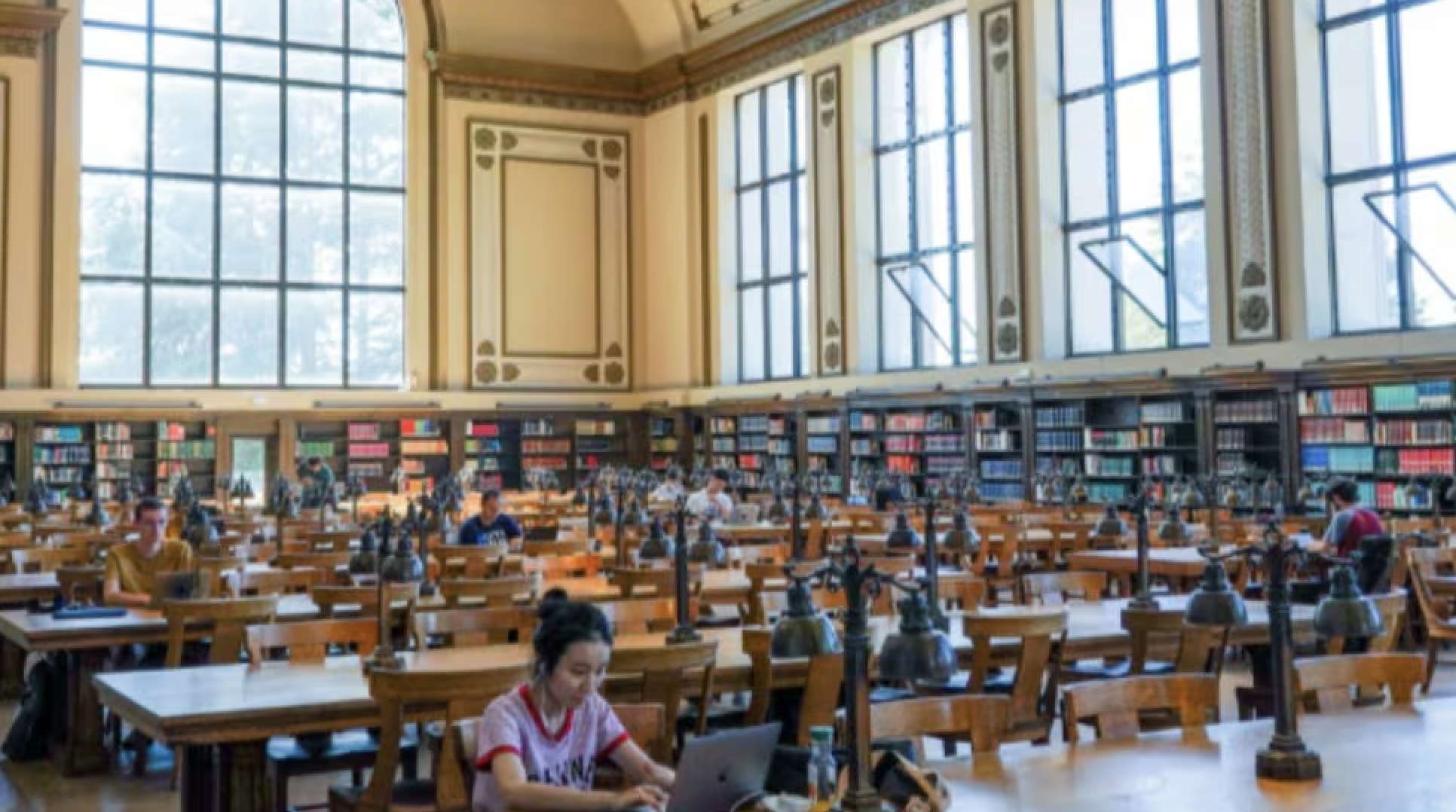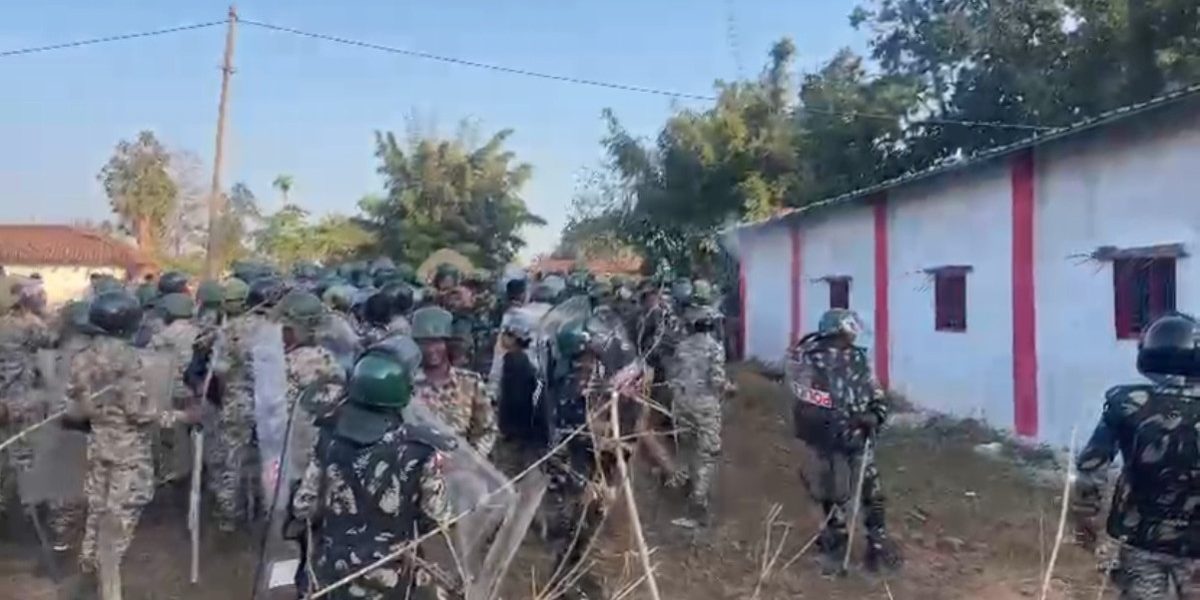
Hari Kumar and
ANANTNAG, Kashmir — As hundreds of Hindu families fled the Kashmir region in recent weeks amid a spike in targeted militant attacks, Sandeep Raina, a 38-year-old engineer, resigned himself to his worst fear: that he would have to abandon his home once again.
He had been 8 years old — almost the same age as his son is now — when his family was forced out of the valley by militants in the 1990s. He spent the next two decades moving from place to place before finally returning to Kashmir a decade ago to take up a job, build a home and start a family.
“I have spent my whole life in migration. Who would like to be dislocated again and again?” he said. “But now we can’t live here. We will be killed.”
The return of minority Hindus to Kashmir, two decades after a huge exodus in the face of militant attacks and threats, has been held up by successive Indian governments as an illustration of how they are bringing normalcy to the restive Himalayan region.
But Kashmiri Hindus like Mr. Raina say that their lives have become anything but normal after an intensifying spate of killings — and that they desperately want out. Just this week, three Hindus have been killed: a teacher gunned down outside her school, a bank manager shot at his desk and, on Thursday night, a laborer killed while working at a brick kiln.
The administration of Prime Minister Narendra Modi, Kashmiri Hindus say, has tried to prevent many Hindus from fleeing their residential colonies in recent weeks. The Hindu residents are demanding that the authorities lift the blockades and transfer their jobs and families to safer places outside the valley.
“Our demand is to relocate us to anywhere other than Kashmir, any corner of India,” said T.N. Pandita, a father of two who works as a clerk at the local court in the Baramulla district.
“This morning, we tried to get out, but we were physically barred from leaving,” Mr. Pandita said on Thursday. “Our camp is locked, and the central police forces are deployed outside.”
Mr. Modi’s government has been invested in projecting the majority-Muslim region as a stable, integrated part of India after it dissolved the region’s elected government and revoked Kashmir’s semiautonomous status in 2019 to bring it under the direct rule of New Delhi.
Stripping the region of its special status had long been a goal of India’s Hindu nationalists. Under the direct rule that followed, a clampdown has increasingly quashed dissenting voices.
Kashmir has been disputed between India and Pakistan since the end of British rule in 1947. In the late 1980s, a Kashmiri separatist movement, which received support and training in Pakistan, intensified the targeting of the region’s Hindus, known as Pandits. A mass migration of tens of thousands of Hindu families — perhaps 300,000 people in all — followed. Only a few hundred Hindu families remained.
A little over a decade ago, as the security situation in the valley improved under a heavy Indian military presence, the government encouraged Kashmiri Hindus to return by offering them incentives that included government jobs and payments for buying or rebuilding homes. Thousands of Hindus accepted the offers, taking up residence in a half-dozen Kashmir residential colonies referred to as transit camps.
But Kashmiri Hindu organizations and local residents say there has been a renewed wave of targeted killings in the past two years, an apparent retaliation for Mr. Modi’s decision to revoke the region’s semiautonomous status. Mr. Modi also tried to reduce the requirements for Hindus to take up local jobs and buy property, which the militants and others cite as an effort to reshape the region’s demographics.
The authorities were scrambling for a solution and increasing security in the areas where Kashmiri Hindus live. Amit Shah, India’s home minister, held discussions with senior security officials on Thursday, and was expected to meet with Kashmir’s civilian and military leaders on Friday.
But local leaders said the departures were continuing after security forces eased their blockade at some of the camps on Friday.
Sanjay Tickoo, the head of the Kashmiri Pandit Sangarash Samiti, an organization for Hindus in the region, estimated that as many as 70 percent of the more than 5,000 people who had accepted incentives to move with their families to the valley over the past decade had left.
That figure could not be verified. Police officials in Kashmir did not answer requests for comment.
At the Mattan camp in the Anantnag district, Ranjan Jotshi, a protest leader there, said fewer than two dozen Hindu families remained after about 300 families had left in recent days.
At the Vessu camp in the same district, where Mr. Raina and his family live, one-third of the 900 families have fled their modest two-bedroom houses. In most cases, they had little to take with them, just belongings that could fit into the back of small vehicles.
The residents at Vessu, the largest camp in the region, said they had not gone to work for more than three weeks after the killing of Rahul Bhatt, a civil servant.
Instead, they have focused on holding protests within their camp walls, with a heavy security presence outside trying to prevent them from leaving. They are working to persuade the government to allow them to move together, so they do not lose their jobs and benefits.
Many described life in the area as unbearable. “We are in total mental trauma,” said Sunil Kumar Dhar, a math teacher. “Everybody is taking antidepressants.”
Mr. Raina, the engineer who was first forced out of the valley in the 1990s, said he and his wife had stopped sending their 10-year-old son to school. He said he had received phone calls from four different police stations in charge discouraging him from doing site visits in their areas.
“It reminds me of the same scenes from the 1990s, but now it is worse than that,” he added. “Earlier, many important people were killed. But now anybody can be killed. We are confined to this camp.”
In a letter to the top judge in the region on Wednesday, the Kashmiri Pandit Sangarash Samiti accused the government of “playing with the lives of the religious minorities in Kashmir Valley” and asked the region’s high court to intervene. It also detailed how the authorities were preventing Kashmiri Hindus from relocating to more secure areas.
The organization said that there had been more than a dozen targeted attacks, some fatal, recorded against Hindus since 2020. The Indian news media said a total of 18 Hindus had been killed since the 2019 change in the region’s status. Many Muslims seen as supporting the government have also been killed.
“The government blocked the roads, used electric currents to barricade the walls of the transit camps, the main doors of the transit camps are closed from outside with locks,” the organization said in its letter to the court.
Videos posted by Hindu residents from the Mattan camp on Thursday showed a tense situation during a protest where local officials urged residents to stay. The officials said that they would increase security measures and that residents could work closer to home.
The Kashmiri Hindus told the local officials that it was too late for such measures. Some of them chanted, “What do we want? A right to live!” and “The only solution — relocation! Relocation!”
Mr. Jotshi, the 48-year-old protest leader at Mattan, who works at the local department of social welfare, said that he had been part of a delegation that visited the region’s governor for a meeting, and that the police chief had told attendees it would take three years to rid the region of the remaining militants.
Hours after the meeting with the local officials in the Mattan camp, as panic grew over the killing of the bank manager, security forces barricaded the camp’s exit with vehicles to stop families from leaving.
“Don’t force Kashmiri Pandits to pelt you with stone,” Mr. Jotshi is seen in a video telling the police, referring to an act that young local Kashmiri Muslim sometimes resort to against the region’s heavy security forces.
“We want to leave, at any cost,” Mr. Jotshi said. “We do not want to die here.”
This article first appeared on nytimes.com





